 To be a better nature and wildlife filmmaker I think you need to understand four things. There of those things, subject, habitat and behavior are pretty easy to understand. If I’m trying to film grizzly bears, there is a lot of information on the Internet and in books that will help you understand them as well as their behavior and habitat.
To be a better nature and wildlife filmmaker I think you need to understand four things. There of those things, subject, habitat and behavior are pretty easy to understand. If I’m trying to film grizzly bears, there is a lot of information on the Internet and in books that will help you understand them as well as their behavior and habitat.
Of those three, behavior is the hardest to understand and takes the longest to get a decent handle on. If your goal is to film grizzly bears, you’d be well off to learn as much as you can about their behavior so you understand the difference between a calm bear and an agitated bear. Situations where you are filming bears can be dangerous to both you and the bear. If you have a problem with a bear because you didn’t understand the rules or didn’t understand the bears behavior, the bear usually ends up with a steel rod smashed through its skull into its brain, removing the “problem” bear from causing any more problems.
Probably the hardest thing to understand is the fourth thing you really need to understand to be a better nature and wildlife filmmaker and that is you. It takes time to learn about nature and wildlife and behaviors but it takes a lot longer to understand ourselves.
Marshalltown, Iowa screen legend Jean Seberg knew at a young age she was going to be a movie star. When told to clean her room by her mother, the young Seberg said she didn’t have to because she was going to be a movie star and she’d have people that would do that for her.
A lot of us though have no clue what we are about and we only begin to understand ourselves with time.
I knew I loved animals back before I could even remember. My father shot 8mm films of me offering an apple to a rocking horse or a carrot to a large inflatable Easter bunny.
When I was eight I visited Brookfield Zoo near Chicago and as luck would have it I had a camera with me, one of those old type ones that used flash bulbs. I still have a photograph I took of a walrus that I keep near my desk in my office.
As I grew older I could afford better camera gear and spent a lot of days out in nature filming everything and anything. Clouds, trees, grass, I filmed it all. There really wasn’t any rhyme or reason to it, I just loved taking photographs of nature and wildlife.
As more time passed, I switched from photography to video because I wanted to tell better stories than I could through my photographs. I also noticed that my filmmaking was becoming more refined. I still filmed clouds, trees and grass, but now there had to be a meaning behind it. While my footage can stand on it’s own, I began to understand that I was filming in a way that put together the footage started telling nature’s story.
It’s taken me a long, long time to understand why I film nature and wildlife. I always thought it was just because I enjoyed being outdoor. Of course that has and always will be a big part of why. About ten years ago however, I started to realize that my purpose for being on this good earth is to tell nature’s story and make a difference. For whatever reason, I’m compelled to tell the story of the tallgrass prairie. The more I understand it, the more I realize I have so much more to learn and I’m just scratching the surface.
Whenever I’m in the field, I am seeing things differently now. It’s not my vision of nature that has changed, it’s my understanding of my role in it.
And as always, shoot the ordinary and make it extraordinary!

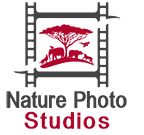
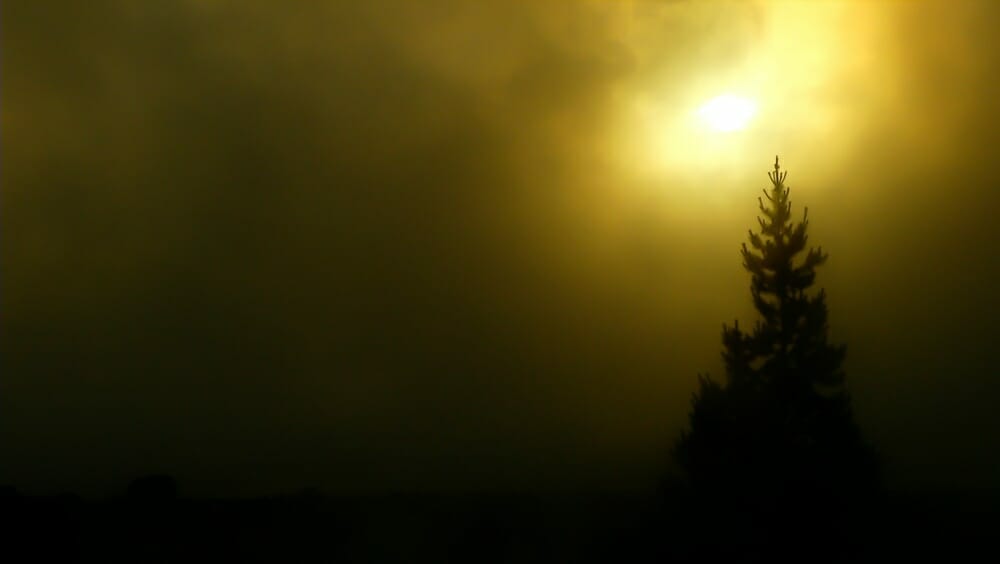

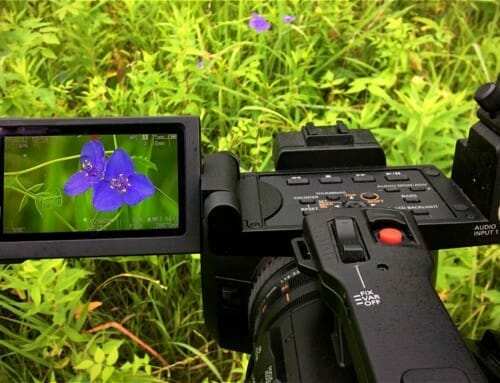
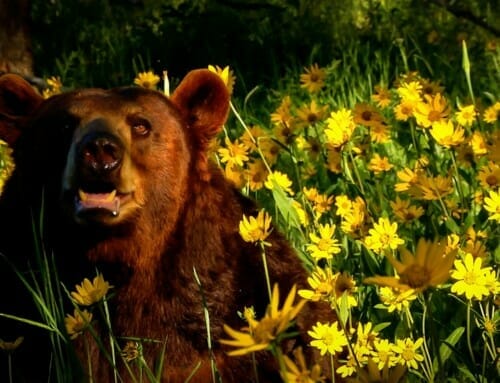
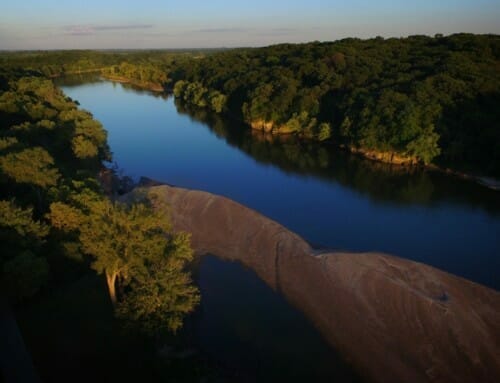
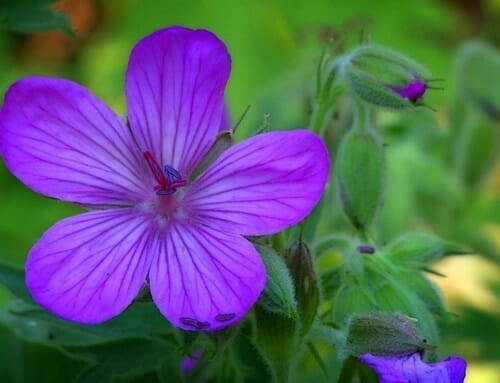
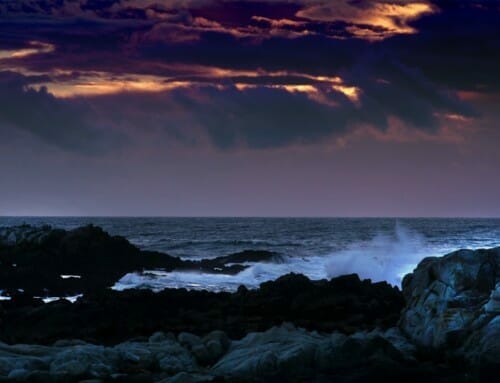
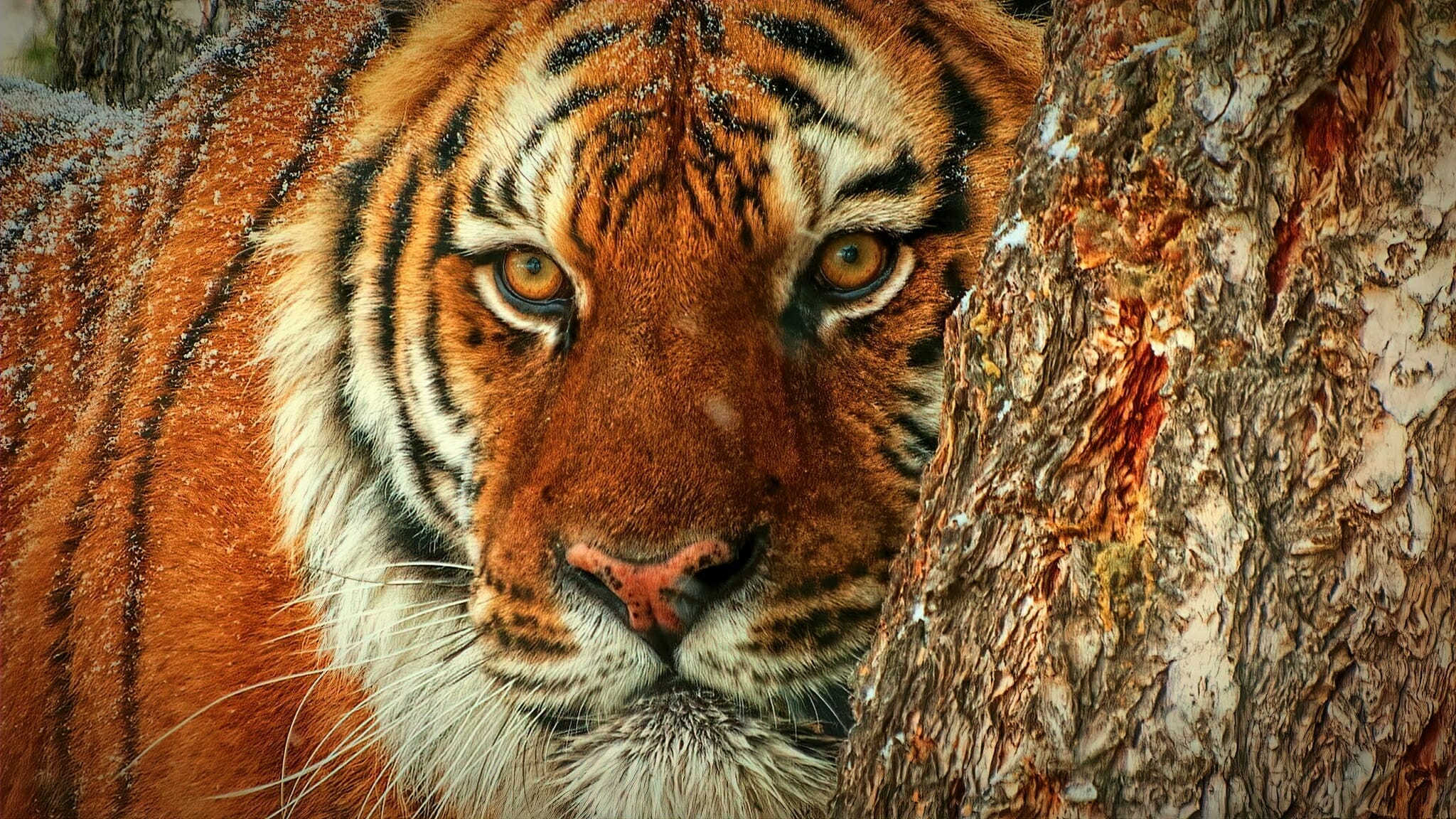
Not a film maker but an occasional viewer. Here from the A-Z and wish you all the best for the rest of the challenge
Nilanjana.
Ninja Minion, A-Z 2016
Madly-in-Verse
Thanks for stopping by and taking the time to leave a comment! I really appreciate it!
Whenever I want to be one with the wildlife, I go camping with friends…